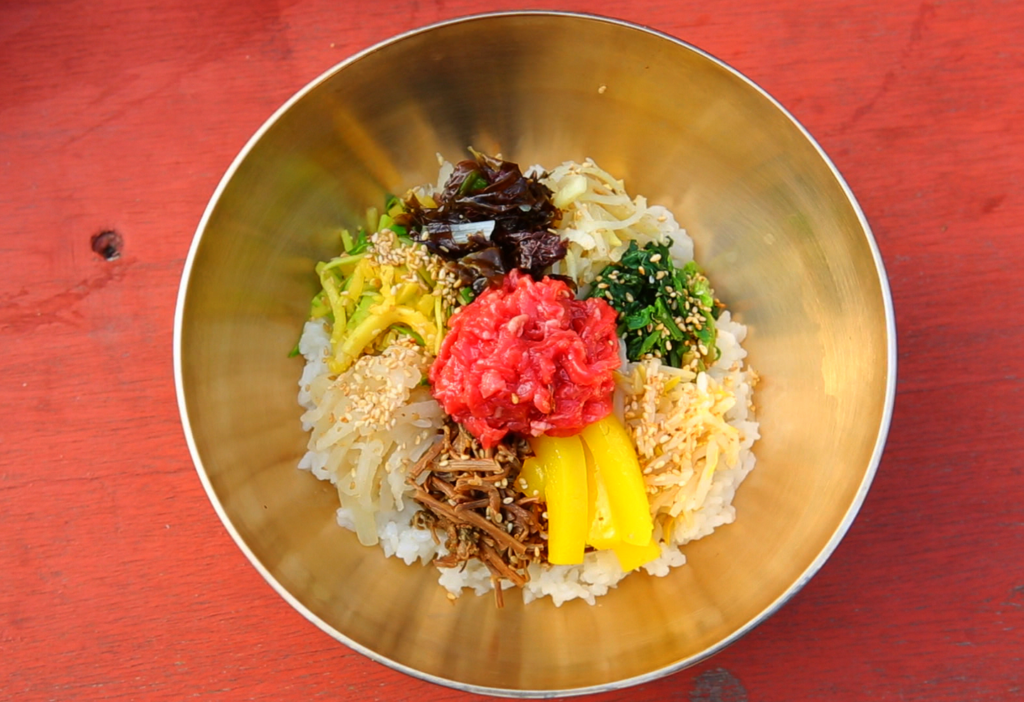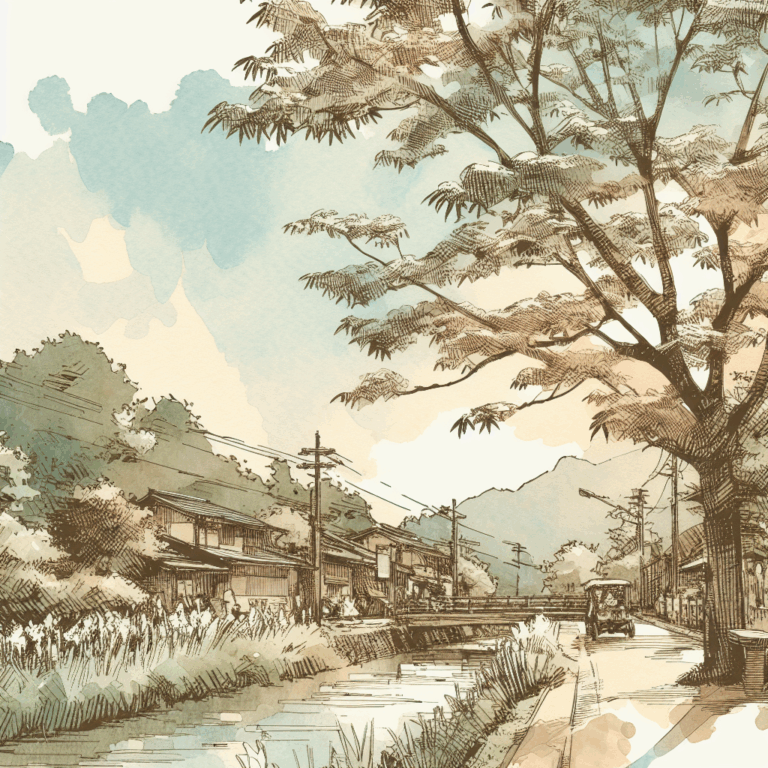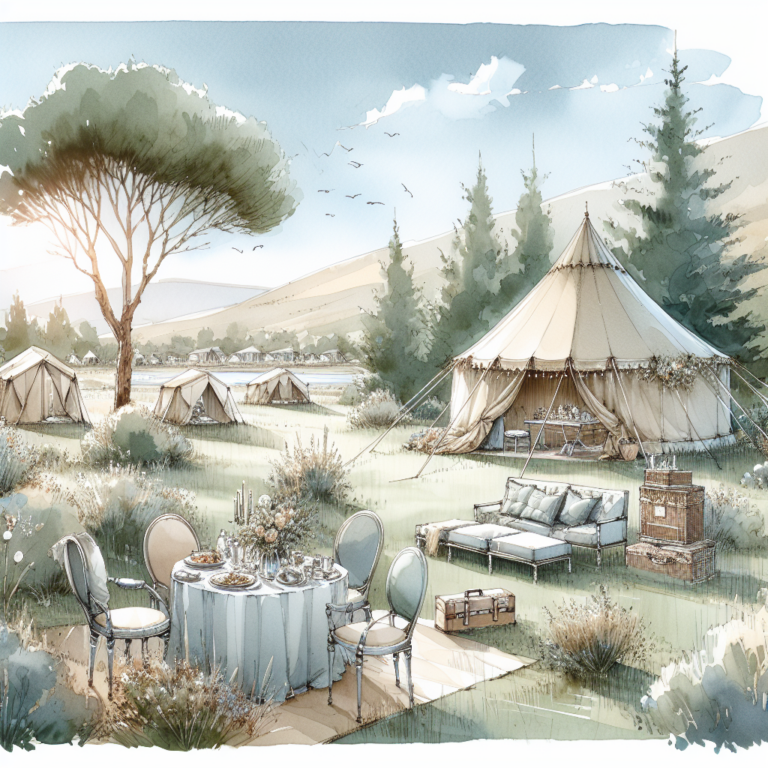Places to Visit in Jeonju
Places to Visit in Jeonju is a city where tradition and modernity coexist, deeply rooted in Korea’s traditional culture and history. When you visit Jeonju, you’ll be greeted with delicious food, beautiful traditional architecture, and rich cultural experiences. In this article, I will introduce some must-visit spots in Jeonju.
The Scent of Tradition and History, Jeonju Hanok Village
A Place to Feel the Breath of Korean Tradition
One of the most famous places to visit in Jeonju is undoubtedly Jeonju Hanok Village. The village is home to around 700 traditional hanok houses, and walking through it feels like stepping back in time to the Joseon Dynasty. The beautiful curves of the hanok roofs and the elegance of traditional tiles are not only photogenic but even more captivating when seen with your own eyes.
In this village, renting a traditional hanbok and strolling around the hanok houses is a very popular activity. Walking in a hanbok between the traditional houses, you might feel like a character in history. Additionally, within the Hanok Village, you can find traditional restaurants, teahouses, and craft shops where you can experience various aspects of Korean traditional culture.
Another experience not to miss while visiting Hanok Village is enjoying traditional tea. A warm cup of traditional tea in a serene hanok teahouse offers a truly healing moment. Especially, the traditional tea in Jeonju Hanok Village is beloved by many visitors for its deep flavor and aroma.
Jeonju Hanok Village consists of about 700 households. Although we live in a hyper-connected era, taking a break from everything and just resting for a while seems like a good way to heal. ^^

The Taste of Jeonju, Jeonju Bibimbap
The Taste and History of Jeonju in One Bowl
If you come to Jeonju, you must try Jeonju Bibimbap. Jeonju Bibimbap is renowned both domestically and internationally, and it’s one of the reasons many people visit Jeonju. Jeonju Bibimbap is a dish that mixes various vegetables, meat, fragrant sesame oil, and special gochujang (Korean red chili paste). The harmonious taste is irresistible to anyone who tries it.
What makes Jeonju Bibimbap special is the freshness of the ingredients and the use of local specialties. Bibimbap made with Jeonju’s abundant agricultural products allows you to fully savor the taste of Jeonju. Additionally, the unique textures of yellow bean jelly (hwangpomuk) and crunchy Jeonju bean sprouts make Jeonju Bibimbap even more appealing.
In Jeonju, there are various restaurants where you can enjoy Jeonju Bibimbap even more deliciously. Some places offer Bibimbap in a traditional hanok setting, while others serve it in modern restaurants. If you want to fully experience the taste of Jeonju, don’t miss out on a bowl of Bibimbap.
However, locals in Jeonju never eat Bibimbap at restaurants. That’s because they make it themselves at home. Haha, I’ve seen this mentioned on TV a few times.

Following Historical Footsteps, Jeonju Fortress Site and Pungnammun Gate
A Place to Encounter Jeonju’s Past
Jeonju has many sites where you can closely experience Korean history and culture. Among them, Jeonju Fortress Site and Pungnammun Gate are crucial places to deeply understand Jeonju’s history. The Jeonju Fortress Site was where the Jeolla Provincial Office was located during the Joseon Dynasty, holding significant importance as the birthplace of the Joseon Dynasty.
Pungnammun is the southern gate of Jeonju Fortress, representing the city’s historic walls. This site witnessed a major battle during the Japanese invasions of Korea (Imjin War), and it holds great historical value. Currently, Pungnammun is designated as a Cultural Property of Jeollabuk-do Province, and its grand appearance showcases the historical significance of Jeonju.
Visiting the Jeonju Fortress Site and Pungnammun Gate feels like embarking on a time-traveling journey into Jeonju’s past. You can walk through the preserved old streets of Jeonju, following in the footsteps of historical figures. The beautiful natural scenery surrounding Pungnammun and its structure makes it a photo-worthy spot.
Especially at night, the night view is beautifully illuminated with lights and colors, naturally earning a thumbs-up. Enjoying a cup of coffee in a nearby café while taking in the view will make time fly by. Haha.

Continuing the Tradition, Jeonju Hanji Culture Center
The Art of Paper, The Beauty of Hanji
Jeonju is also well known as the hometown of Hanji (traditional Korean paper). The Jeonju Hanji Culture Center is a place where you can experience the history and production process of Hanji. It’s a must-visit for those interested in traditional paper crafts. Here, you can experience the various uses and beauty of Hanji and admire the various crafts made from it.
The Hanji Culture Center offers hands-on programs where visitors can make their own Hanji, allowing them to experience the charm of Hanji in a more lively way. The process of making Hanji requires meticulousness and patience, but the finished Hanji itself becomes a work of art.
The Jeonju Hanji Culture Center not only showcases the beauty of Hanji but also plays a significant role in preserving and passing on traditional culture. Experiencing the elegance of traditional Hanji and creating your own Hanji masterpiece will be another memorable part of your trip to Jeonju.
Back in the school days, many of us practiced calligraphy on Hanji. If you’re over 30, you’ll remember! You might notice the difference in the texture and sound compared to other types of paper. Right?

Enjoy a Special Trip to Jeonju
Jeonju is a city where tradition and modernity harmoniously blend, allowing you to experience both Korea’s past and present at the same time. Enjoy the beauty of tradition in Jeonju Hanok Village, savor the flavors of Jeonju Bibimbap, and follow the footsteps of history at Pungnammun Gate. Also, don’t forget to experience the elegance of traditional crafts at the Jeonju Hanji Culture Center. Your trip to Jeonju will leave a lasting impression, like a work of art.





